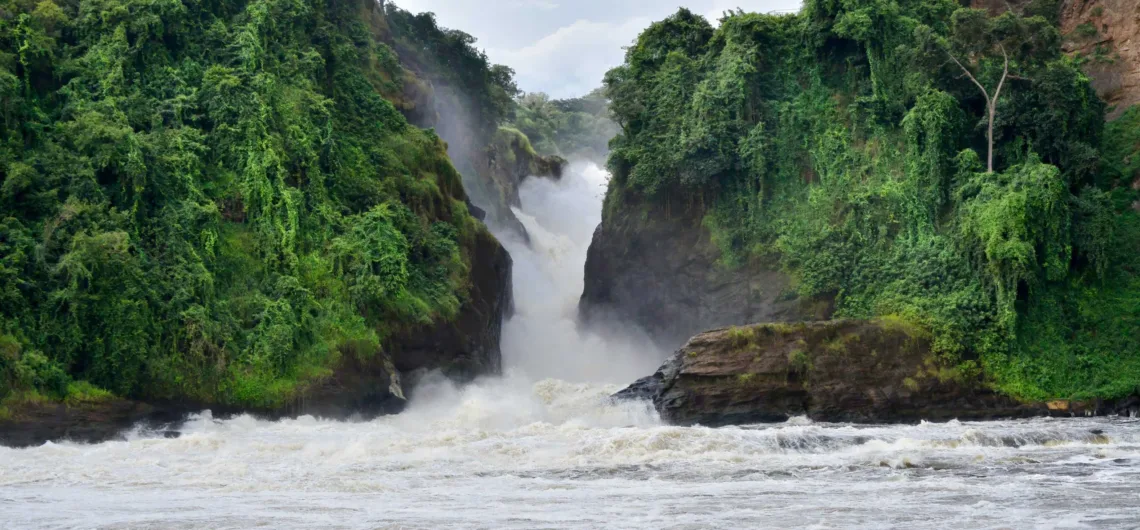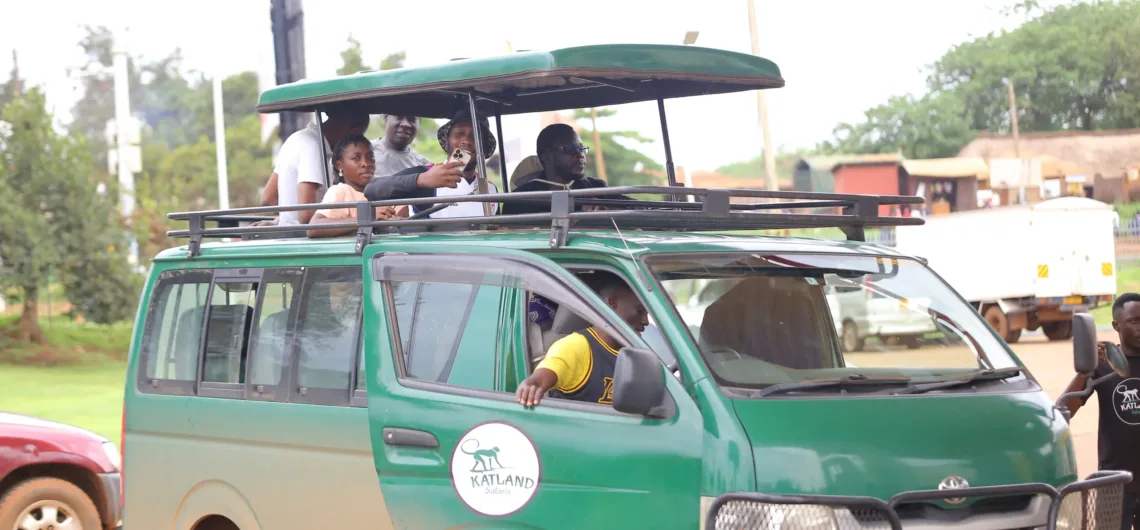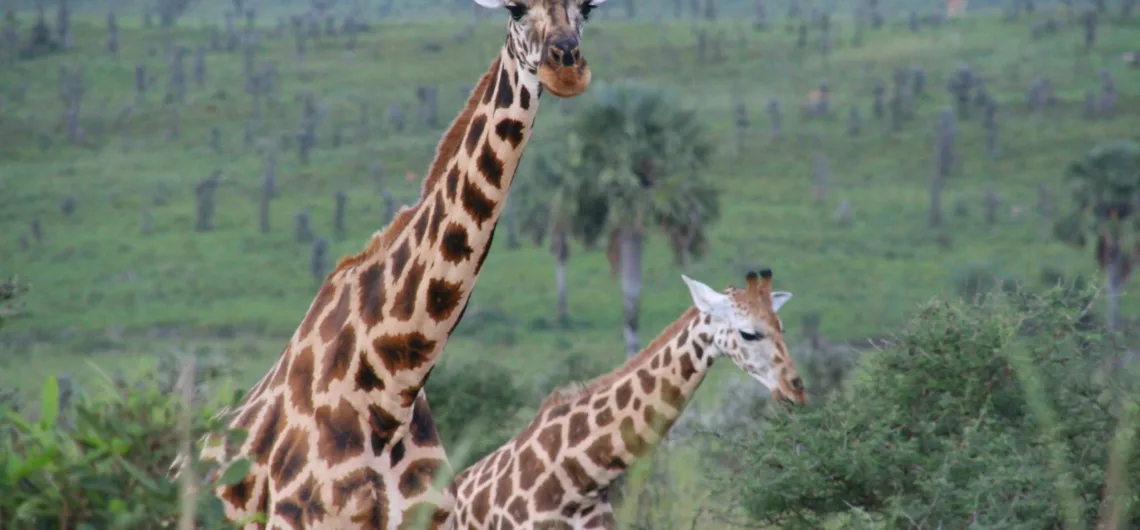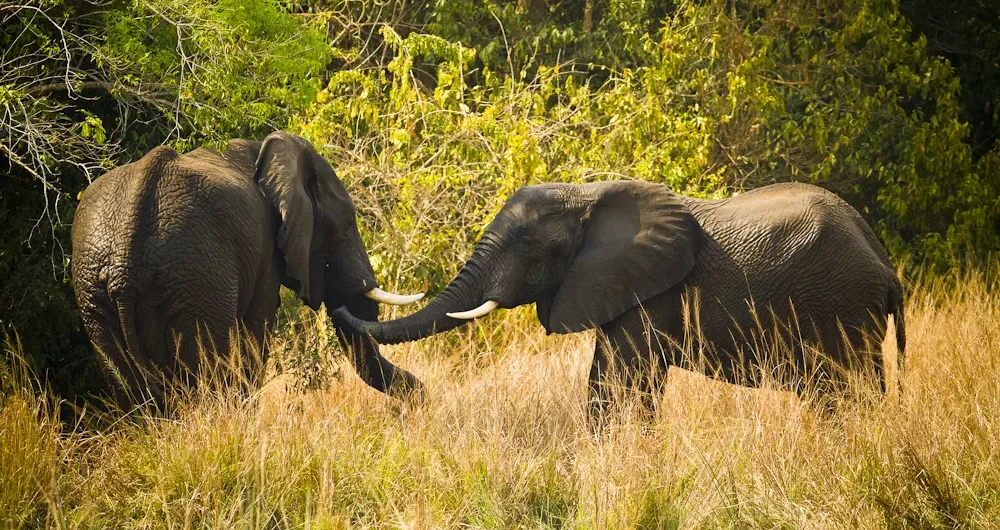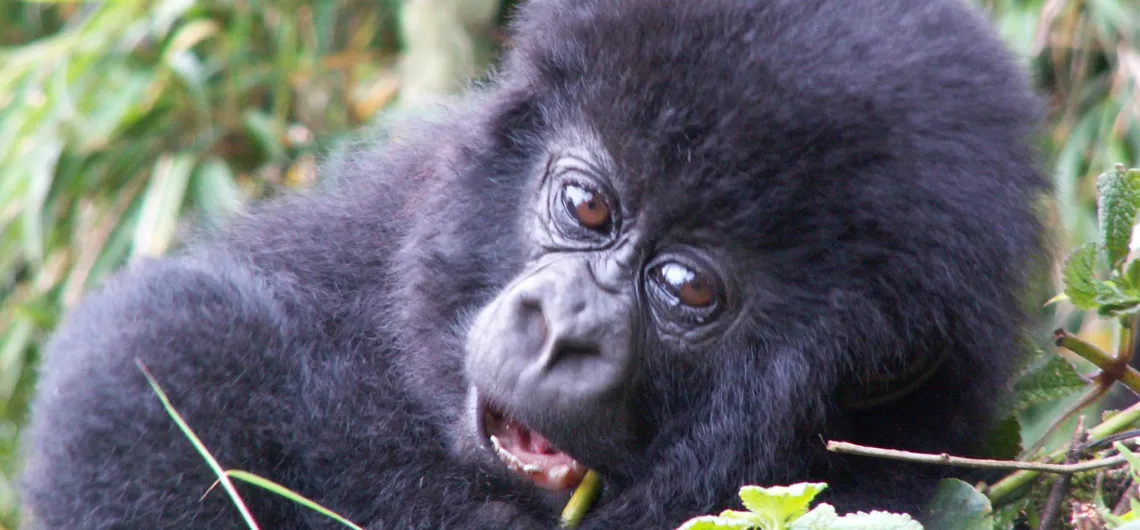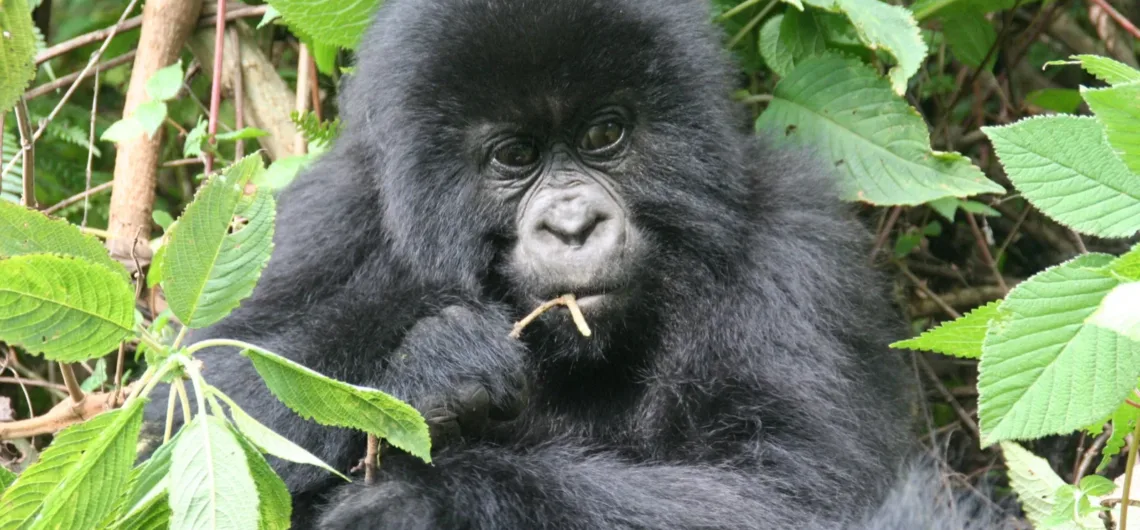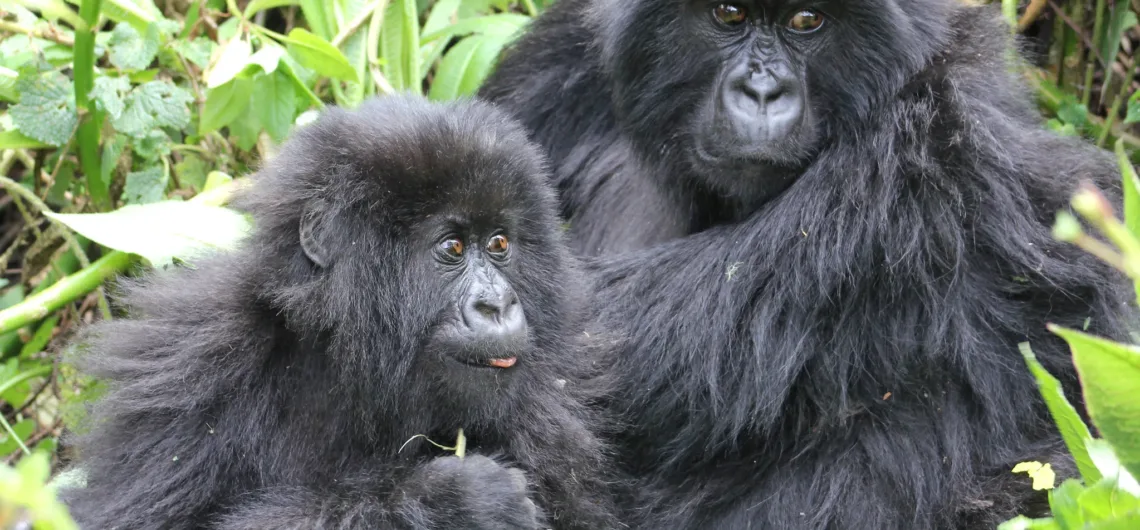The Ultimate Uganda safari bucket list: Top Experiences You Can’t Miss while on a safari across Uganda
Uganda is a jewel in East Africa’s safari crown, brimming with diverse wildlife, breathtaking landscapes, and vibrant cultures. Whether you’re a seasoned traveler or a first-time safari-goer, Uganda offers a safari bucket list packed with unforgettable experiences. Here’s your ultimate guide to the best Uganda safari adventures.
1. Gorilla Trekking in Bwindi Impenetrable National Park/ Uganda safari bucket list
One of the top items on any Uganda safari bucket list is gorilla trekking. Bwindi Impenetrable National Park is home to nearly half of the world’s mountain gorilla population. Tracking these majestic creatures through dense forest is a once-in-a-lifetime experience. You’ll spend an hour observing them in their natural habitat, making for an intimate and awe-inspiring adventure. Gorilla trekking permits are required and should be booked well in advance.
2. Exploring Queen Elizabeth National Park/ Uganda safari bucket list
Queen Elizabeth National Park is another must-visit destination. It’s renowned for its diverse wildlife, including elephants, lions, and hippos. The park also features the famous Kazinga Channel, where you can enjoy a boat safari and witness a spectacle of animals drinking and bathing. Don’t miss the chance to explore the Ishasha Sector, known for its tree-climbing lions.
3. Experiencing the Murchison Falls
Murchison Falls National Park is famous for its dramatic waterfall, where the Nile River forces its way through a narrow gorge. The falls are a breathtaking sight, and the park offers game drives, boat safaris, and hiking opportunities. The vibrant wildlife and stunning landscapes make Murchison Falls a top entry on the Uganda safari bucket list.
4. Discovering the Rwenzori Mountains
For those seeking adventure beyond the typical safari, the Rwenzori Mountains offer a challenging and rewarding experience. Often referred to as the “Mountains of the Moon,” these peaks provide incredible hiking and climbing opportunities. The trek through the Rwenzori Mountains showcases lush forests, alpine meadows, and glacial lakes, making it a unique addition to any Uganda safari itinerary.
5. Visiting Kibale Forest National Park
Kibale Forest National Park is another highlight, especially for primate enthusiasts. The park is home to a large population of chimpanzees, and chimpanzee tracking here is a thrilling experience. Kibale also boasts a diverse array of other primates and birds, making it a haven for wildlife lovers.
6. Experiencing Lake Bunyonyi
Lake Bunyonyi, one of Uganda’s most beautiful lakes, is perfect for relaxation and exploration. Surrounded by terraced hills and dotted with islands, it offers serene boat rides and the chance to visit local communities. The lake is a great place to unwind after a busy safari and soak in the stunning scenery.
7. Discovering the Cultural Richness of Uganda
No Uganda safari is complete without delving into the country’s rich cultural heritage. Engage with local communities, such as the Bakiga and Basongora, to learn about their traditions, music, and dance. Visiting cultural sites and participating in local activities will give you a deeper appreciation of Uganda’s diverse cultures.
8. Enjoying a Game Drive in Kidepo Valley National Park
Kidepo Valley National Park, located in the northeastern part of Uganda, is less visited but offers incredible wildlife viewing. Known for its vast savannahs and dramatic landscapes, it is home to species like the cheetah and ostrich, which are less commonly seen in other parks. A game drive here promises an off-the-beaten-path safari adventure.
Plan Your Uganda Safari Today
Uganda’s safari bucket list is a blend of thrilling wildlife encounters, stunning landscapes, and cultural experiences. From gorilla trekking in Bwindi to exploring the unique terrain of Kidepo Valley, every destination offers something special. Plan your adventure and make sure these incredible experiences are part of your Uganda safari journey.

